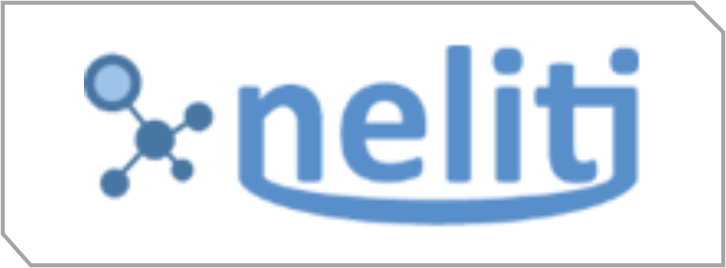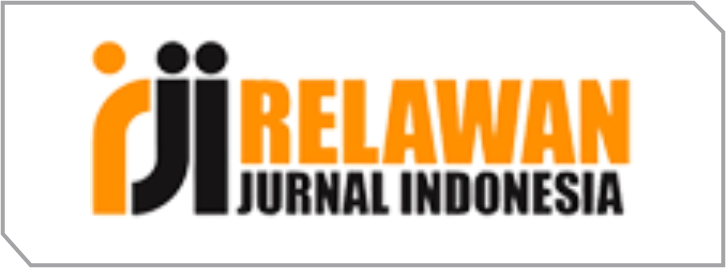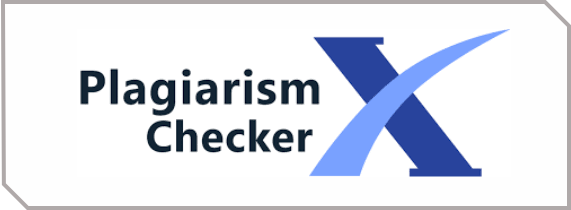Performance Evaluation of The SIERA System at the Regional Assets Management Agency of the DKI Jakarta Provincial Government Using the COBIT 5 Framework
DOI:
https://doi.org/10.53748/jmis.v1i2.17Keywords:
IT Governance, COBIT 5Abstract
Objective –To measuring and knowing the level of capability, the value of gaps, and recommendations for
improvement for SIERA information system performance using the framework COBIT 5 based on the process
APO08 Manage Relationship and BAI07 Manage Change Acceptance and Transitioning.
Methodology –This research uses a qualitative method and a quantitative method called the mix method. The
qualitative method is used to analyze the level of capability expected from the application of the SIERA information
system based on the results of interview answers. In contrast, the quantitative method is used to analyze the level of
capability that has been achieved so far based on the results of a questionnaire that has been filled out by four
respondents determined by a convenient sampling technique.
Findings – The research found the results that the APO08 domain stopped at level 2, and the domain BAI07 stopped
at desired level 1, so corrective actions need to be taken to reach the level expected level 4.
Novelty – By measuring the performance evaluation of the SIERA system, the Regional Asset Management Agency
of DKI Jakarta Province can determine the level of capability that has been achieved and the value of the gap with
the expected level of capability, and assisting the Regional Asset Management Agency of the DKI Jakarta Provincial
Government to take corrective actions based on recommendations from the findings in SIERA.
Keywords: APO08 Manage Relationship, BAI07 Manage Change Acceptance and Transitioning, COBIT 5, DKI
Jakarta Regional Asset Management Agency
Downloads
Downloads
Published
How to Cite
Issue
Section
License
Copyright (c) 2021 Nabilah Ayu Nindita

This work is licensed under a Creative Commons Attribution-NonCommercial-ShareAlike 4.0 International License.
Authors retain copyright and grant the journal right of first publication with the work simultaneously licensed under a Creative Commons Attribution 4.0 (CC 4.0) that allows others to share the work with an acknowledgement of the work's authorship and initial publication in this journal.
Authors are able to enter into separate, additional contractual arrangements for the non-exclusive distribution of the journal's published version of the work (e.g., post it to an institutional repository or publish it in a book), with an acknowledgement of its initial publication in this journal.


















